Home>Renovation & DIY>Home Renovation Guides>What Is The Difference Between Remodelling And Renovation
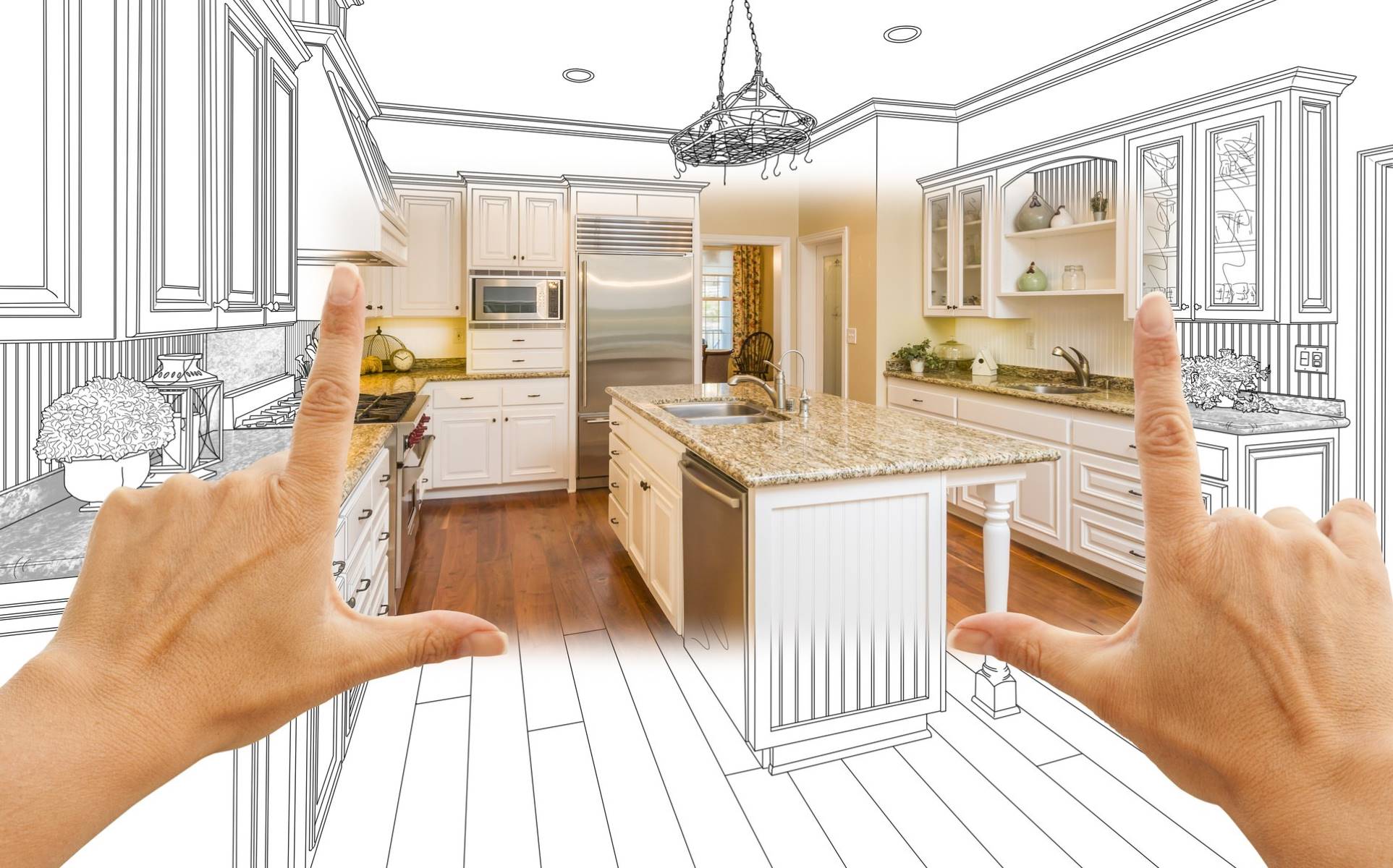

Home Renovation Guides
What Is The Difference Between Remodelling And Renovation
Published: December 21, 2023
Discover the key distinctions between remodeling and renovation in our comprehensive home renovation guide. Learn how to transform your space with expert tips and advice. Explore now!
(Many of the links in this article redirect to a specific reviewed product. Your purchase of these products through affiliate links helps to generate commission for Storables.com, at no extra cost. Learn more)
Introduction
When it comes to revitalizing your living space, the terms "remodeling" and "renovation" are often used interchangeably. However, these terms represent distinct processes in the realm of home improvement. Understanding the nuances between remodeling and renovation is pivotal for homeowners seeking to embark on a transformative journey for their abode.
In the following sections, we will delve into the fundamental disparities between remodeling and renovation, shedding light on their unique characteristics and the considerations that accompany each undertaking. By elucidating these disparities, you will be better equipped to make informed decisions as you endeavor to breathe new life into your home. Whether you aspire to revamp your kitchen, revitalize your bathroom, or embark on a comprehensive home transformation, discerning the disparities between remodeling and renovation is the cornerstone of your endeavor. Let's navigate through the intricacies of these processes to empower you in your home improvement journey.
Key Takeaways:
- Remodeling involves major changes to the layout and design of a home, while renovation focuses on restoring and enhancing existing features without altering the structure.
- Before starting a remodeling or renovation project, consider factors like budget, scope, and personal preferences to make informed decisions and create a home that reflects your lifestyle.
Read more: What Is The Difference Between BIM And VDC?
Definition of Remodelling
Remodeling encompasses a comprehensive overhaul of the structure and design of a living space. This process involves altering the layout, functionality, and aesthetics of a particular area within the home or the entire property. It often entails reconfiguring the existing space to create a new and improved environment that aligns with the homeowner’s evolving needs and preferences.
Remodeling initiatives can encompass a myriad of projects, ranging from minor alterations to extensive transformations. These projects may include revamping the kitchen to optimize functionality, expanding living areas to accommodate a growing family, or reimagining the layout to foster a more open and fluid living space. From updating flooring and fixtures to modifying the structural framework, remodeling endeavors are characterized by their capacity to bring about substantial change.
Moreover, remodeling ventures frequently involve integrating modern design elements, innovative technologies, and sustainable materials to enhance the aesthetic appeal and efficiency of the living space. Whether it’s embracing an open-concept floor plan, installing energy-efficient appliances, or incorporating smart home features, remodeling empowers homeowners to infuse their living space with contemporary conveniences and style.
Ultimately, the essence of remodeling lies in its transformative nature, as it enables homeowners to reimagine and reinvent their living environment to align with their evolving lifestyle and aesthetic preferences. By embracing the potential for change and innovation, remodeling endeavors breathe new life into homes, fostering spaces that are not only visually captivating but also tailored to meet the functional needs of those who dwell within.
Definition of Renovation
Renovation entails the process of restoring, repairing, or rejuvenating an existing structure to enhance its functionality, aesthetic appeal, or overall condition. Unlike remodeling, which involves substantial alterations to the layout and design of a space, renovation focuses on revitalizing the existing framework, surfaces, and fixtures within a property.
Renovation projects encompass a diverse array of endeavors, spanning from refreshing the interior and exterior surfaces to upgrading essential systems such as plumbing, electrical, and HVAC. This process often involves refinishing surfaces, replacing worn-out components, and addressing structural issues to ensure the structural integrity and visual appeal of the property.
Furthermore, renovation initiatives may encompass enhancing the energy efficiency of the home by installing insulated windows, improving insulation, or upgrading to energy-efficient appliances. This not only elevates the sustainability of the property but also contributes to long-term cost savings and environmental stewardship.
Renovation also encompasses the restoration of historical or heritage properties, preserving their architectural integrity while introducing modern amenities and conveniences. This delicate balance between honoring the property’s historical significance and integrating contemporary elements showcases the nuanced nature of renovation projects.
At its core, renovation embodies the art of rejuvenating and preserving the essence of a property, breathing new life into its existing framework while aligning it with contemporary standards of comfort, functionality, and style. By marrying preservation with innovation, renovation endeavors honor the legacy of a property while ushering it into a new era of functionality and allure.
Key Differences Between Remodelling and Renovation
While both remodeling and renovation are geared towards revitalizing a living space, they diverge in their scope, objectives, and the extent of change they bring about. Understanding the distinctions between these processes is essential for homeowners seeking to embark on home improvement endeavors. Let’s explore the key differences between remodeling and renovation:
- Scope of Transformation: Remodeling involves substantial alterations to the layout, structure, and design of a space, often resulting in a significant transformation of the living environment. In contrast, renovation focuses on rejuvenating and restoring the existing framework, surfaces, and fixtures within a property without fundamentally altering its layout or structure.
- Extent of Change: Remodeling projects typically encompass comprehensive changes, such as reconfiguring room layouts, expanding living areas, or integrating modern design elements and technologies to create a new living environment. Renovation, on the other hand, revolves around refinishing surfaces, replacing worn-out components, and addressing structural issues to enhance the property’s functionality and aesthetic appeal while preserving its existing layout and structure.
- Objective: The primary objective of remodeling is to reinvent and modernize the living space, aligning it with the homeowner’s evolving lifestyle and aesthetic preferences. Renovation, conversely, aims to rejuvenate and preserve the existing framework, breathing new life into the property while honoring its historical significance and architectural integrity, if applicable.
- Complexity and Cost: Remodeling projects often involve a higher degree of complexity and cost due to the extensive changes to the property’s layout, structural components, and design elements. Renovation projects, while still requiring meticulous attention to detail, may be comparatively less complex and costly, focusing on refurbishing and upgrading existing features rather than reimagining the entire space.
By discerning these fundamental disparities, homeowners can make informed decisions regarding the trajectory of their home improvement endeavors, whether they aspire to embark on a transformative remodeling project or a revitalizing renovation endeavor.
Remodelling involves changing the structure or layout of a space, while renovation involves restoring or repairing existing elements. Consider your goals and the extent of changes needed before deciding between the two.
Factors to Consider Before Remodeling or Renovating
Embarking on a remodeling or renovation project is a significant undertaking that necessitates careful consideration of various factors to ensure a successful and gratifying outcome. Before delving into the transformative journey of revitalizing your living space, it’s imperative to contemplate the following key factors:
- Scope and Objectives: Clarify your objectives for the project. Determine whether you seek a comprehensive transformation of your living space (remodeling) or a rejuvenation of the existing framework and surfaces (renovation). Understanding the scope of your aspirations will guide the trajectory of your endeavor.
- Budget and Resources: Assess your budget and available resources for the project. Remodeling projects often involve higher costs due to the extensive changes to the property’s layout and design, while renovation projects may offer a more budget-friendly option for revitalizing the existing framework and surfaces.
- Architectural and Structural Considerations: If contemplating remodeling, consider the architectural and structural implications of the proposed changes. Consult with professionals to evaluate the feasibility and structural integrity of your remodeling aspirations, ensuring that they align with building codes and regulations.
- Timeline and Disruption: Anticipate the timeline and potential disruption associated with your project. Remodeling projects, particularly those involving structural modifications, may entail longer timelines and greater disruption to daily routines compared to renovation endeavors focused on surface refinishing and component replacements.
- Historical and Heritage Preservation: If your property holds historical or heritage significance, consider the preservation of its architectural integrity. Renovation may offer a more suitable approach for honoring the property’s legacy while introducing modern conveniences and enhancements.
- Personal Preferences and Lifestyle: Reflect on your personal preferences, lifestyle, and long-term vision for your living space. Whether aiming for a modern, open-concept layout or seeking to preserve the historical charm of your property, aligning the project with your lifestyle and aesthetic inclinations is paramount.
- Sustainability and Energy Efficiency: Factor in sustainability and energy efficiency goals for your project. Both remodeling and renovation present opportunities to integrate sustainable materials, energy-efficient systems, and eco-friendly practices to enhance the environmental performance of your living space.
By meticulously evaluating these factors and aligning them with your aspirations and resources, you can embark on a remodeling or renovation journey that not only revitalizes your living space but also resonates with your vision and lifestyle.
Cost Comparison
When contemplating a home improvement project, the financial aspect plays a pivotal role in decision-making. Understanding the cost differentials between remodeling and renovation is essential for homeowners seeking to embark on a transformative journey while staying within their budgetary constraints.
Remodeling Costs: Remodeling projects typically involve a higher financial investment compared to renovation endeavors. The extensive nature of remodeling, which may encompass structural modifications, layout reconfigurations, and the integration of modern design elements, often translates to a more substantial budgetary allocation. Factors contributing to remodeling costs include architectural design fees, structural assessments, material expenses for new fixtures and finishes, labor costs for construction and installation, and potential permit fees for structural alterations.
Renovation Costs: Renovation projects, while still requiring financial prudence, often present a more budget-friendly option compared to remodeling. The focus on rejuvenating and refurbishing existing surfaces, fixtures, and essential systems may result in comparatively lower material costs and labor expenses. Renovation costs typically encompass refurbishment of surfaces, component replacements, system upgrades, and potential permit fees for essential system modifications such as electrical or plumbing upgrades.
It’s important for homeowners to conduct a thorough cost analysis for their specific remodeling or renovation aspirations. Obtaining detailed estimates from contractors, factoring in material costs, labor expenses, permit fees, and potential unforeseen contingencies will provide a comprehensive understanding of the financial implications of the project.
Moreover, exploring financing options and incentives for sustainable home improvements, such as energy-efficient upgrades, can further aid homeowners in managing the financial aspects of their remodeling or renovation endeavors. By aligning the financial considerations with their aspirations and resources, homeowners can embark on a transformative home improvement journey that enriches their living space while maintaining financial stability.
Conclusion
Embarking on a journey to revitalize your living space through remodeling or renovation is a profound endeavor that holds the potential to transform your home into a haven that resonates with your lifestyle and aesthetic preferences. By discerning the nuances between remodeling and renovation, homeowners can make informed decisions that align with their aspirations, resources, and the unique characteristics of their property.
Remodeling embodies the spirit of innovation and transformation, offering the opportunity to reimagine and reinvent the layout, design, and functionality of a living space. It empowers homeowners to embrace modern design elements, innovative technologies, and sustainable materials, fostering an environment that harmonizes with their evolving lifestyle and aesthetic inclinations.
On the other hand, renovation celebrates the art of preservation and rejuvenation, breathing new life into the existing framework, surfaces, and fixtures within a property. It honors the historical significance and architectural integrity of a property while introducing modern enhancements and conveniences, striking a delicate balance between heritage preservation and contemporary comfort.
Before embarking on a remodeling or renovation project, it’s imperative to contemplate factors such as the scope and objectives of the endeavor, budget and resources, architectural and structural considerations, timeline and disruption, historical and heritage preservation, personal preferences and lifestyle, and sustainability and energy efficiency goals. By meticulously evaluating these factors, homeowners can chart a course for their home improvement journey that resonates with their vision and aligns with their financial parameters.
Understanding the cost differentials between remodeling and renovation is essential, with remodeling projects typically involving a higher financial investment due to the extensive changes to the property’s layout, structure, and design, while renovation projects may offer a more budget-friendly option focused on refurbishing and upgrading existing features.
Ultimately, whether you opt for a transformative remodeling endeavor or a revitalizing renovation project, the objective remains the same – to breathe new life into your living space, creating a harmonious sanctuary that reflects your individuality and meets the evolving needs of your household. By embracing the distinctions between remodeling and renovation and aligning them with your aspirations and resources, you can embark on a transformative home improvement journey that enriches your living environment and enhances your quality of life.
Frequently Asked Questions about What Is The Difference Between Remodelling And Renovation
Was this page helpful?
At Storables.com, we guarantee accurate and reliable information. Our content, validated by Expert Board Contributors, is crafted following stringent Editorial Policies. We're committed to providing you with well-researched, expert-backed insights for all your informational needs.






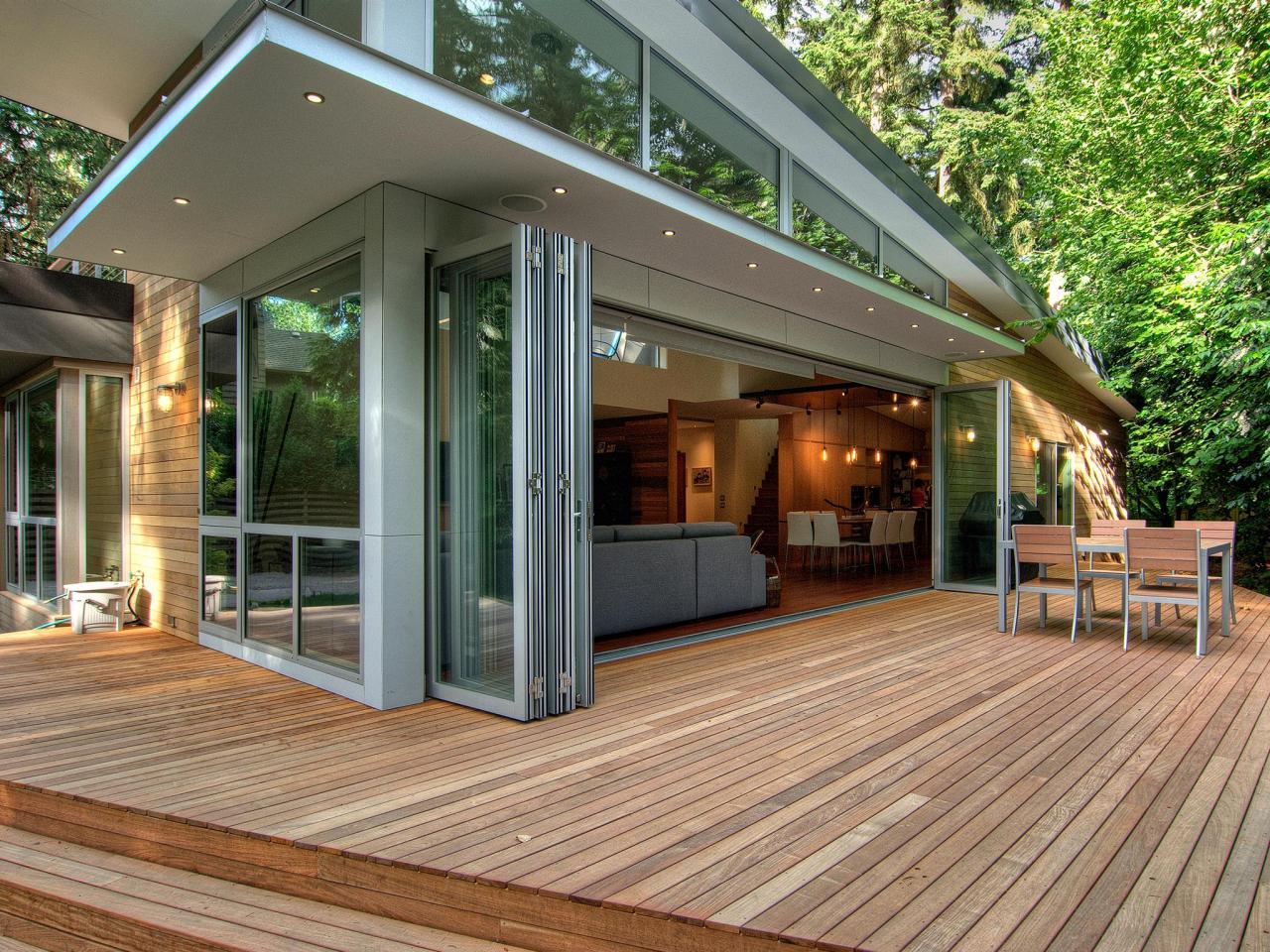
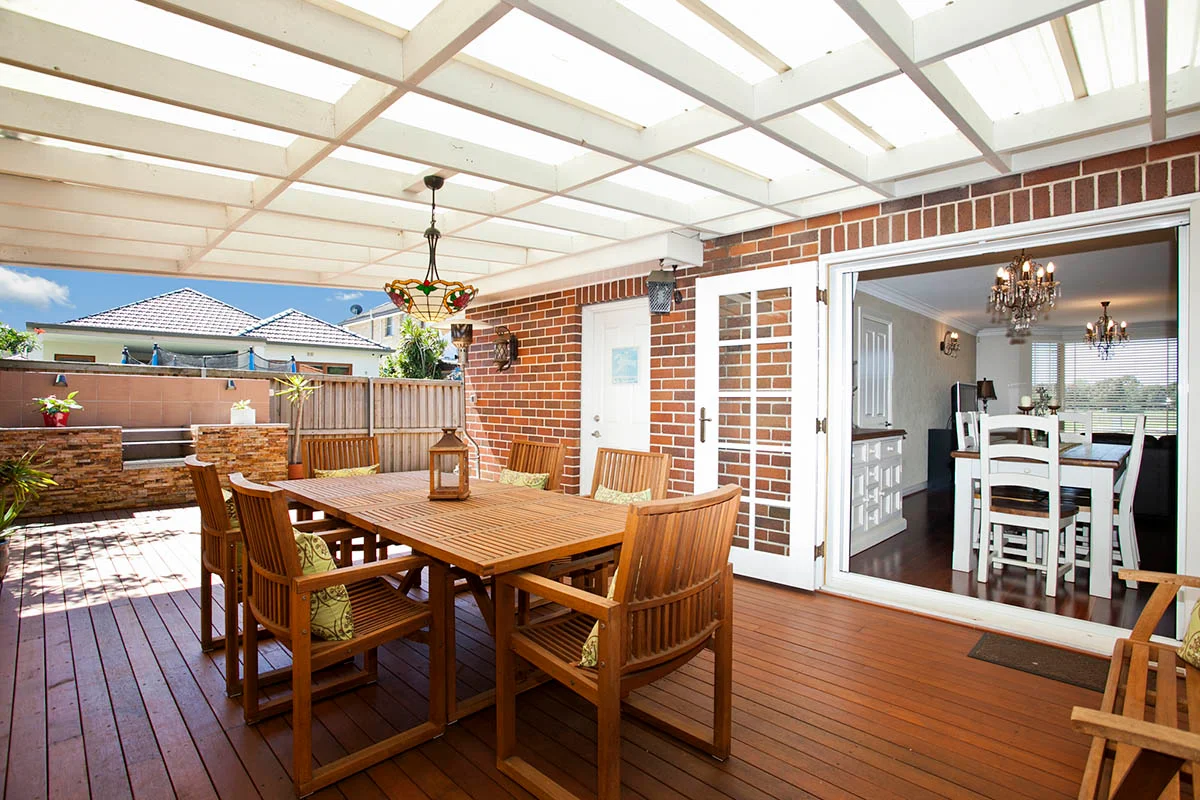
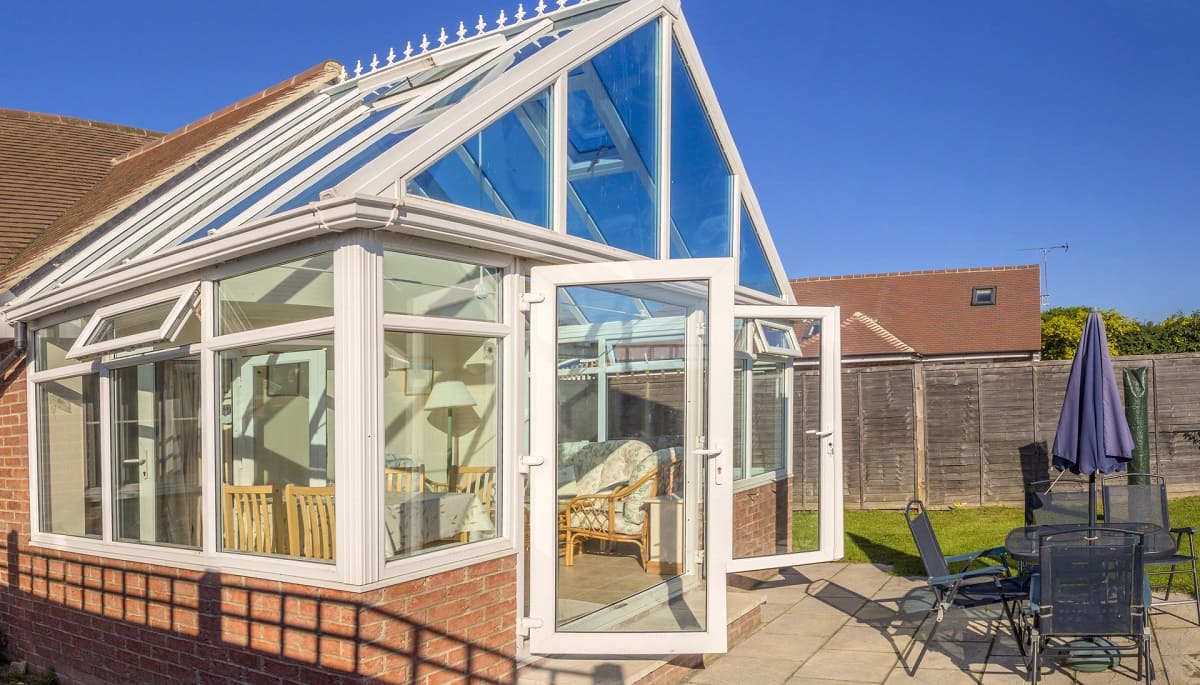

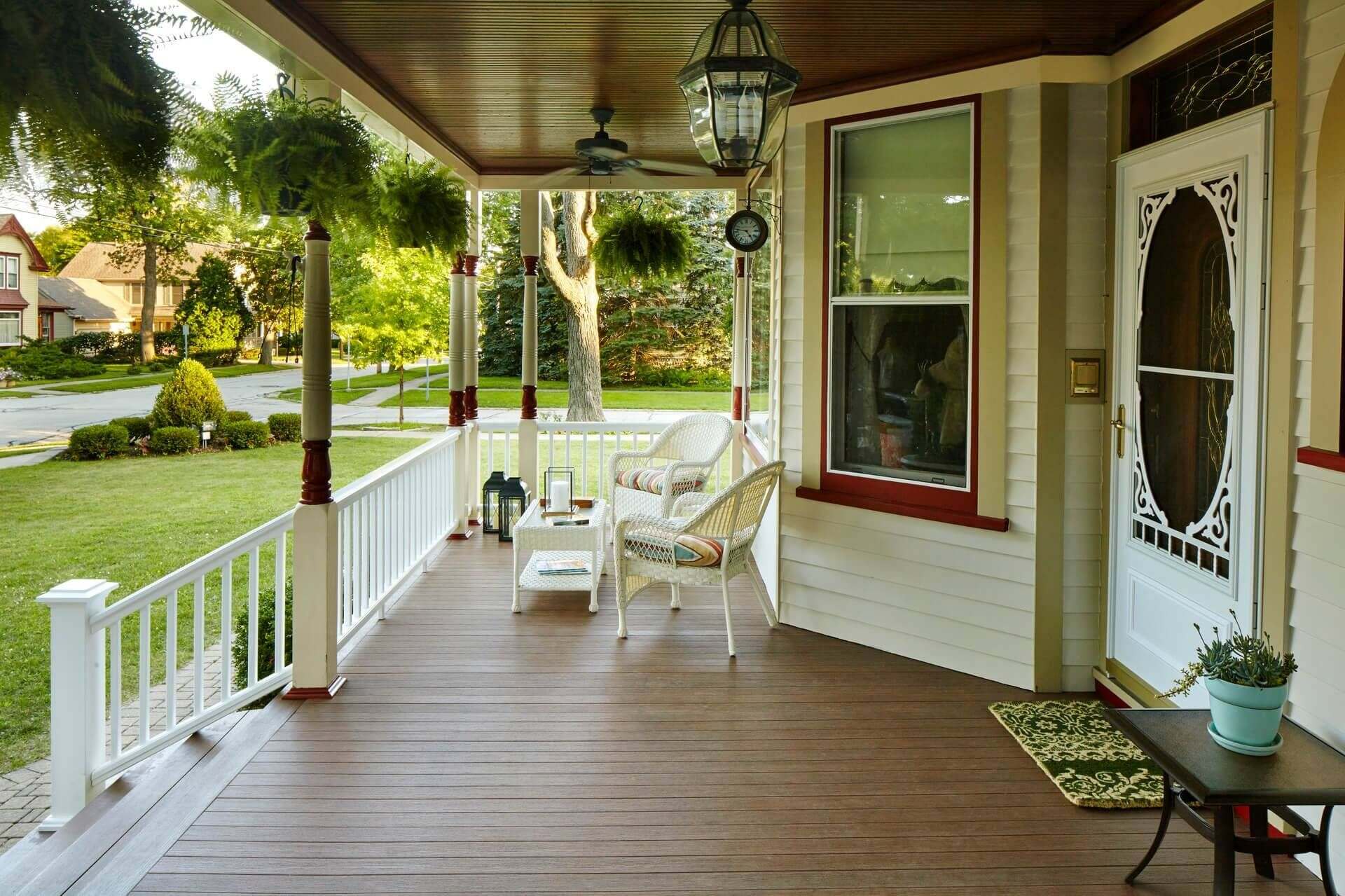
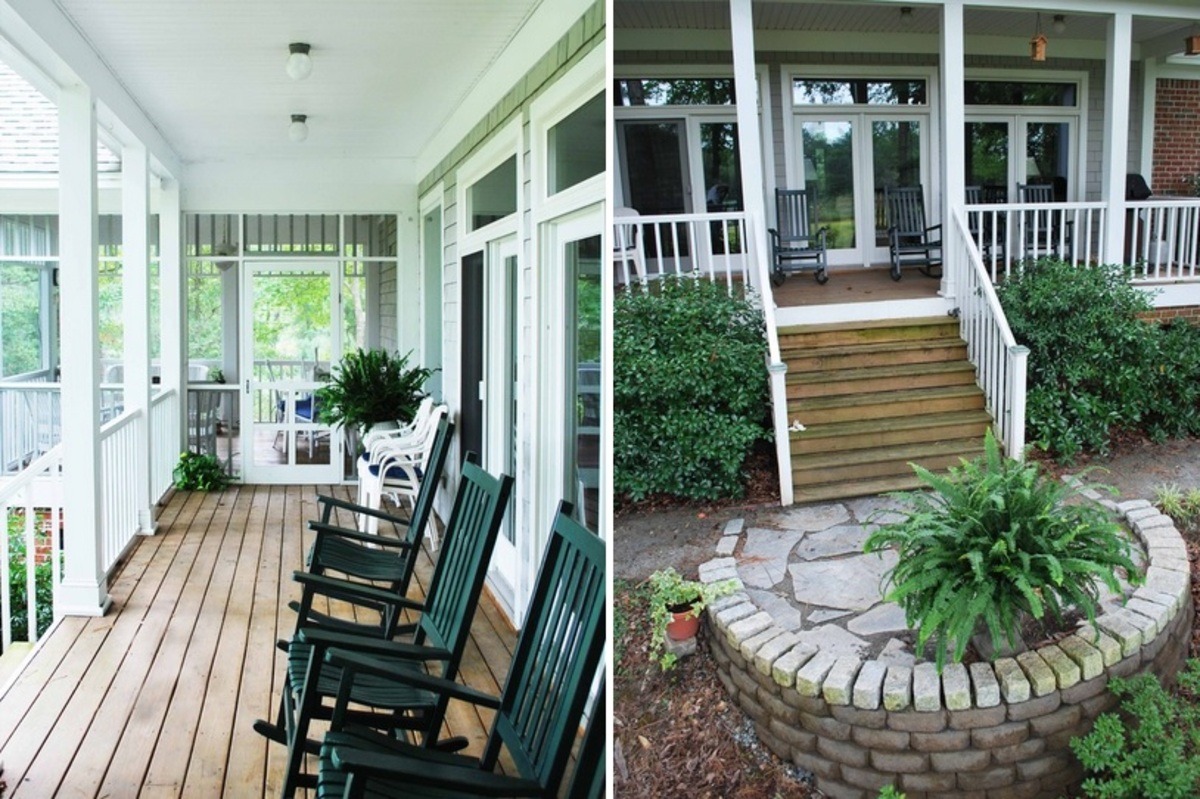

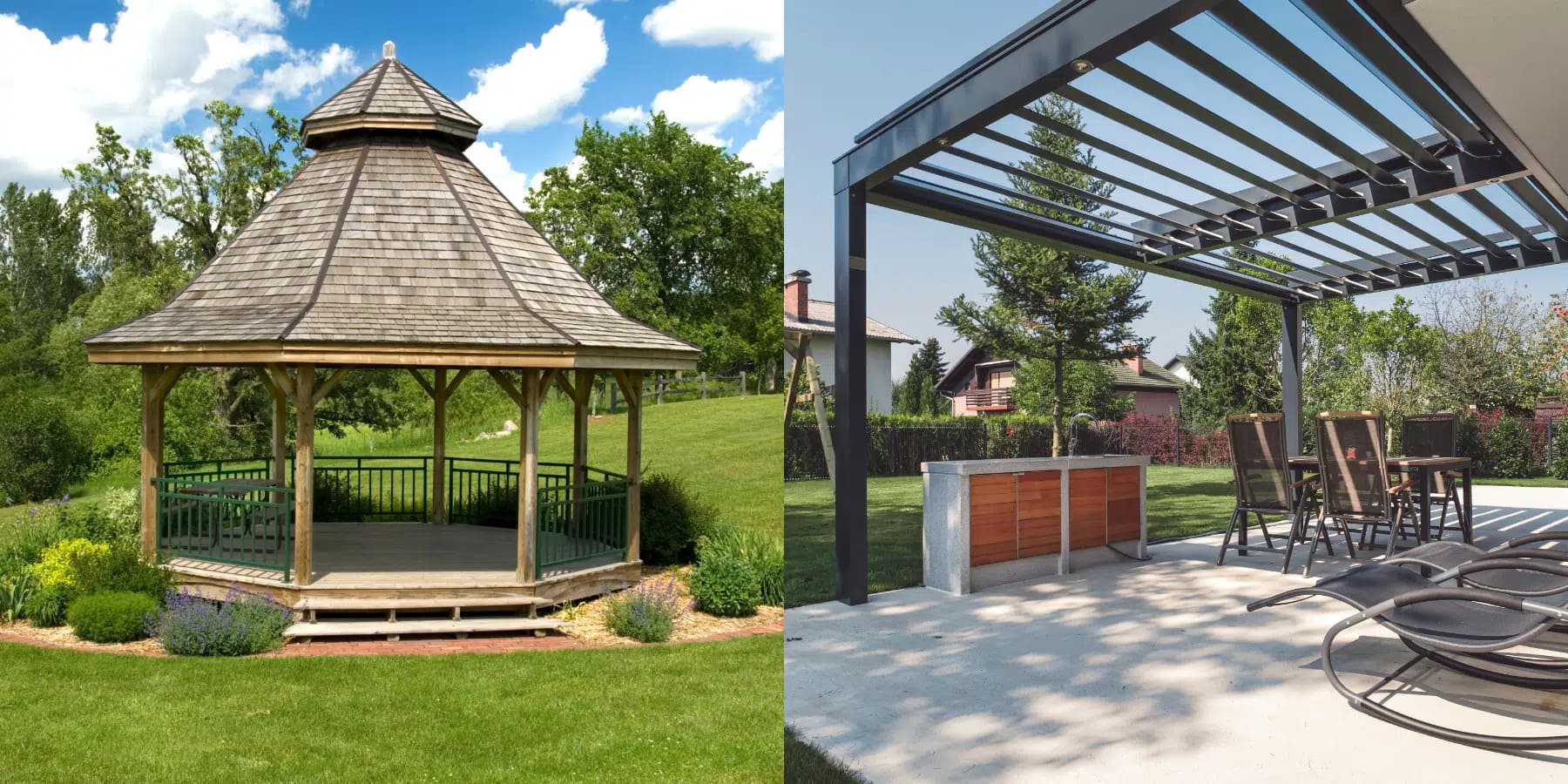

0 thoughts on “What Is The Difference Between Remodelling And Renovation”